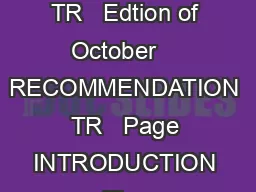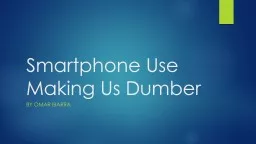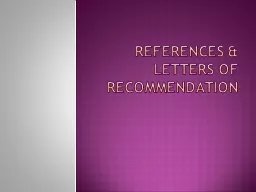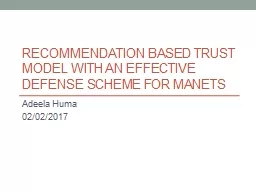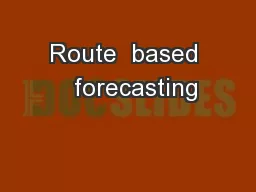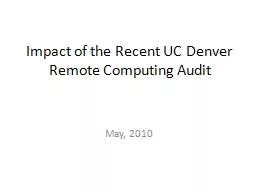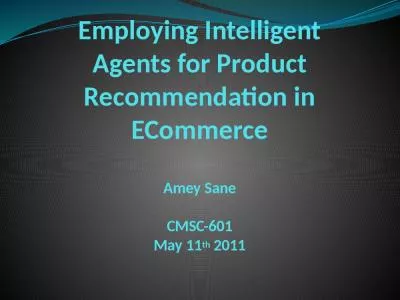PPT-ComfRide - A Smartphone based Comfortable Public Route Recommendation
Author : tatiana-dople | Published Date : 2019-11-22
ComfRide A Smartphone based Comfortable Public Route Recommendation Authors Rohit Verma Surjya Ghosh Mahankali Saketh Niloy Ganguly Bivas Mitra Sandip Chakraborty
Presentation Embed Code
Download Presentation
Download Presentation The PPT/PDF document "ComfRide - A Smartphone based Comfortabl..." is the property of its rightful owner. Permission is granted to download and print the materials on this website for personal, non-commercial use only, and to display it on your personal computer provided you do not modify the materials and that you retain all copyright notices contained in the materials. By downloading content from our website, you accept the terms of this agreement.
ComfRide - A Smartphone based Comfortable Public Route Recommendation: Transcript
Download Rules Of Document
"ComfRide - A Smartphone based Comfortable Public Route Recommendation"The content belongs to its owner. You may download and print it for personal use, without modification, and keep all copyright notices. By downloading, you agree to these terms.
Related Documents


